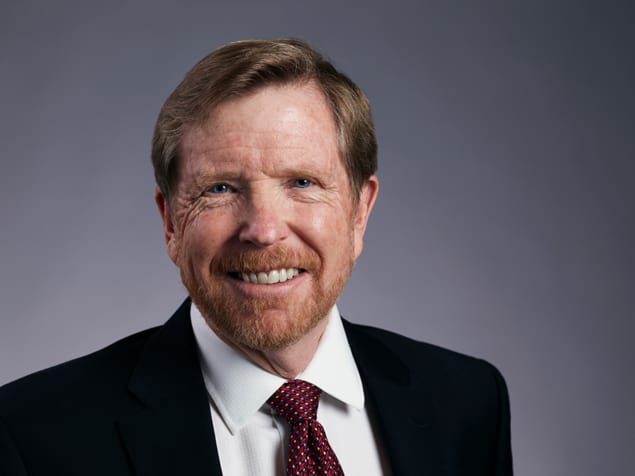
Geophysicist Terry Wallace has become the 11th director of the Los Alamos National Laboratory. With a budget of $2.5bn, Los Alamos currently has almost 12,000 employees and contractors. Taking up office on 1 January, he succeeds nuclear physicist Charles McMillan, who announced his plan to retire last September.
Wallace, 61, completed a BSc in geophysics and mathematics at New Mexico Institute of Mining and Technology before doing a PhD in geophysics from California Institute of Technology. He joined Los Alamos in 2003, after two decades as a geophysicist at the University of Arizona. Prior to his promotion to director, he served as principal associate director for global security and headed programmes on applying science and engineering to national and global security threats.
“Wallace’s unique skills, experience, and national security expertise make him the right person to lead Los Alamos in service to the country,” says Norman Pattiz, chair of Los Alamos National Security LLC (LANS), a private consortium that has managed the lab for the Department of Energy since 2006.
Three tasks
One of Wallace’s first jobs will be to tackle the safety issues that were highlighted late last year as well as settling into a new management contract for the lab. LANS failed to have its contract extended beyond the current financial year after it received poor performance reviews related to safety matters. “We do incredibly complex and dangerous work, and with that comes a degree of risk,” Wallace told Physics World. “We need to do everything we can to mitigate that risk, and that’s part of our ongoing commitment to safety and security.”
That commitment is one of three main issues that Wallace sees as requiring his immediate attention. The other two involve understanding other countries’ progress in nuclear weaponry, as well as gaining a better understanding of emerging threats. “It takes a nuclear weapons lab to find a nuclear weapons lab,” he says. “It’s not just North Korea. We also need to understand the Russia and China programmes – what they’re doing and why.” Beyond nuclear weapons, Wallace points to the challenges from cyber and terrorist attacks, which can cost lives and debilitate nations. “How do you protect a country’s citizens, borders, and economy?” he asks. “You do that by using cutting-edge science.”
While Los Alamos is also involved in creating new vaccines as well as developing new imaging and analytical techniques, Wallace maintains that national security matters remain the prime focus of the lab. “Technology has become an important tool in deterrence, but it’s also a tool that can be used against us and that we must guard against,” adds Wallace. “The questions we’re being asked are big and bold and difficult. Los Alamos is unique in that we can answer those questions. That’s why we’re here and that’s what I want us to do.”



